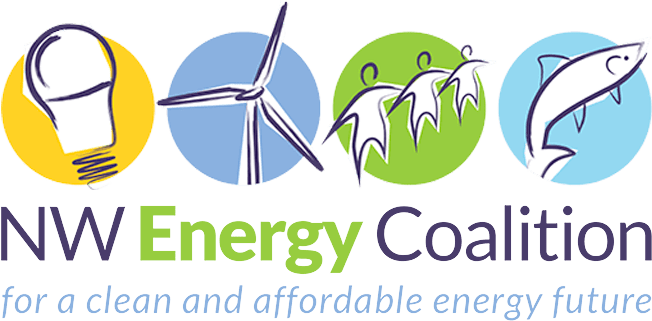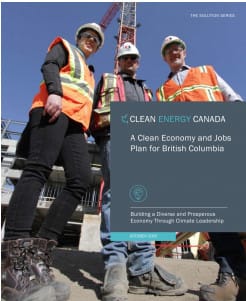Decarbonizing Buildings, Transportation & Fuels
NW Energy Coalition lauded for climate action
Elisheva Mittelman and Kevin Steinberger of the National Resources Defense Council are publishing a series of blog posts that describe how states and regions are rushing to fill the climate action vacuum left in the wake of the Trump administration’s abandonment of the Paris Agreement and a bevy of Obama-era environmental measures. Their August 30 post titled,…
Energy Efficiency leads the way in carbon emission reductions
In 2005, annual emissions of CO2 in the US reached an all-time high of just under six billion tons. By 2016, emissions had declined by 14% from that peak and by 18% when adjusted for growth in population and economic activity. How have we done it? Zeke Hausfather provides a detailed look…
Montana: New financing option available for solar and energy efficiency
Financing of solar and energy efficiency in Montana: Credit Union Partnership — The NW Energy Coalition is partnering with Puget Sound Cooperative Credit Union (PSCCU) to expand solar financing in the Northwest. Since 1934, PSCCU has been empowering members to do more than they thought they could with their banking relationship. The credit union maintains a…
NW Energy Coalition regrets US withdrawal from Paris Agreement
Today, the NW Energy Coalition released the following statement on President Trump’s decision to withdraw from the Paris Climate Agreement. Benefits of leaving are illusory, costs of climate change are already being felt. Seattle, Wa. — President Donald Trump’s decision to withdraw from the Paris Climate Agreement is regrettable because climate change matters in the…
State releases Deep Decarbonization Analysis for Washington State
The Spring 2017 Energy Activist included a feature previewing the Deep Decarbonization Pathways Analysis for Washington State, a new study that identifies specific strategies to help Washington achieve its statewide goals for reducing greenhouse gas emissions and contribute to the global goal of limiting climate warming to two degrees Celsius. The report is now available and…
Oregon can become a leader in energy efficient building
In Oregon, House Bill 2710 will help the state reform building codes in ways that: Reduce energy bills for owners and renters Make the air cleaner and temperatures more comfortable in homes and buildings Slash carbon and greenhouse gas emissions Oregon benefitted environmentally and economically by becoming a leader in energy efficient, green building. House Bill 2710…
New York Times editorial: Proof That a Price on Carbon Works
Lawmakers who oppose taking action to lower greenhouse gas emissions by putting a price on carbon often argue that doing so would hurt businesses and consumers. But the energy policies adopted by some American states and Canadian provinces demonstrate that those arguments are simply unfounded.
Public Hearing 11/19 on Regional Power Plan
BOISE, Idaho – Should Idaho, Montana, Oregon and Washington build more power plants, or rely more on energy efficiency and renewables?
Issues like these will be addressed at a public hearing in Boise tomorrow night on the Northwest Power and Conservation Council’s 7th Regional Power Plan.
Clean Energy Canada releases plan for British Columbia
Clean Energy Canada retained Navius Research to model the job and economic implications of meeting British Columbia’s 2020 and 2050 climate targets. This report aims to inform public discussion during the development of B.C.’s new Climate Action Plan 2.0.
Weigh in on the 7th Power Plan
The Northwest Power and Conservation Council, the region’s official power planning agency, has just released the draft of its seventh regional power plan. The public now has 60 days to provide written reactions and opportunities to attend and testify at public hearings in all four Northwest states.











